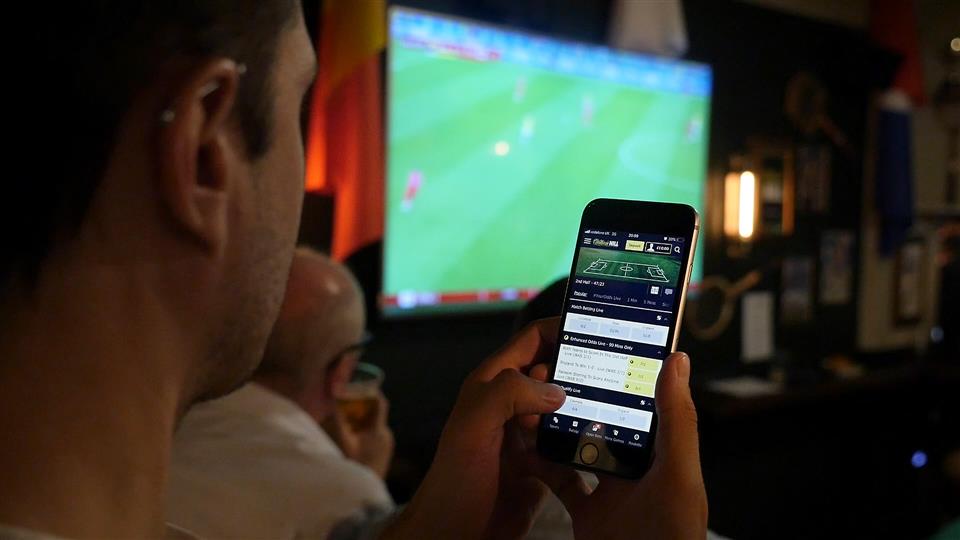
The question of whether or not video games can improve fitness and athletic performance goes way back to the 1980s games like Power Pad and Foot Craze, for the Nintendo and Atari respectively. But the concept of “exergaming” didn’t really take off until the arrival of Dance Dance Revolution in 1998, which introduced the world to its unique brand of rhythm and dance gameplay, while also serving as a viable method of raising cardio and losing weight.
Still, Dance Dance Revolution was primarily released in arcades, with a select few titles available for the original Sony Playstation and Sega Dreamcast consoles. It wasn’t until Nintendo released their Wii Fit video game, bundled with a balance board peripheral, that exergaming really took the world by storm. Wii Fit went on to sell over 22 million copies, and is the 8th best-selling video game of all time.
In 2020, the current exergaming focus is on virtual reality. There have been dozens of exergaming titles made specifically for virtual reality, so let’s take a quick look at some of the most popular titles.
BoxVR
BoxVR is a virtual reality boxing game, and is mainly intended as a rhythm-based aerobic exercise. The user is guided through realistic boxing exercises that include punching combinations set to the beat of the user’s music. As a cardio workout, it’s fantastic. But would it improve real-life boxing skills?
Because of the rhythm-based gameplay and futuristic neon-graphics, it could likely not be considered a serious supplement to a professional boxer’s workout regime. Even a realistic VR boxing game like The Thrill of the Fight, which puts players in the ring against AI opponents, can not replace the importance of real-life sparring. Consider this – would you place a bet on Casumo casino on a fighter who primarily trained in VR?
However, these games would enhance twitch-reflexes and cardiovascular conditioning, which are important to a boxer’s career.
Beat Saber
Beat Saber is a rhythm and dance game that has sold over 1 million copies, putting it solidly at the top of best-selling VR game lists. The gameplay is a little inspired by Dance Dance Revolution, but instead of dancing on your feet, the player uses a pair of motion controllers as in-game sabers to slice flying music boxes. For lack of a better comparison, it’s Dance Dance Revolution meets Fruit Ninja.
Funnily enough, Beat Saber wasn’t developed as a fitness game in mind, and the team behind Beat Saber explained to TechRadar how they intended to design a fun rhythm game first, but started receiving photos of weight loss from players.
“For many, Beat Saber has become a daily fitness routine. People are sharing with us their pictures before and after they started playing Beat Saber and results are insane – many people have lost more than 20-30 pounds since the game released.
We began to fully realise the fitness potential of Beat Saber soon after the release when players started to post pictures with their sweaty faces and comments like these: ‘Hey Beat Saber team, your game tricked me into working out! How dare you!
“People who were never too much into working out found out they can create a healthy daily routine with Beat Saber.”
VR: Fitness supplement, or possible sports trainer?
So far, there are no VR games or simulations that any sports coaches are rushing to use as a replacement for real-life training sessions, but there is the possibility of VR becoming a supplement for professional athletes.
There have been numerous studies into how implementing VR into sports can enhance certain skills, and decision-making ability.
- Motorsport implements VR to enhance the driver’s decision making skills, thus decreasing the risk of accidents, and the costs associated with track hiring, car maintenance, and crew (de Groot, de Winter, Mulder, & Wieringa, 2011).
- Rowing research has demonstrated the effectiveness of VR for the acquisition, retention, and transfer of energetic skills and the associated improvement in performance (Hoffmann et al., 2014; Ruffaldi & Filippeschi, 2013).
- Basketball free-throw skill development results support the idea that VR can assist athletes in training (Covaci et al., 2012)
A recent study from the University of South Australia also found that real-life table tennis skills were vastly improved for 57 participants that engaged in daily VR training.
